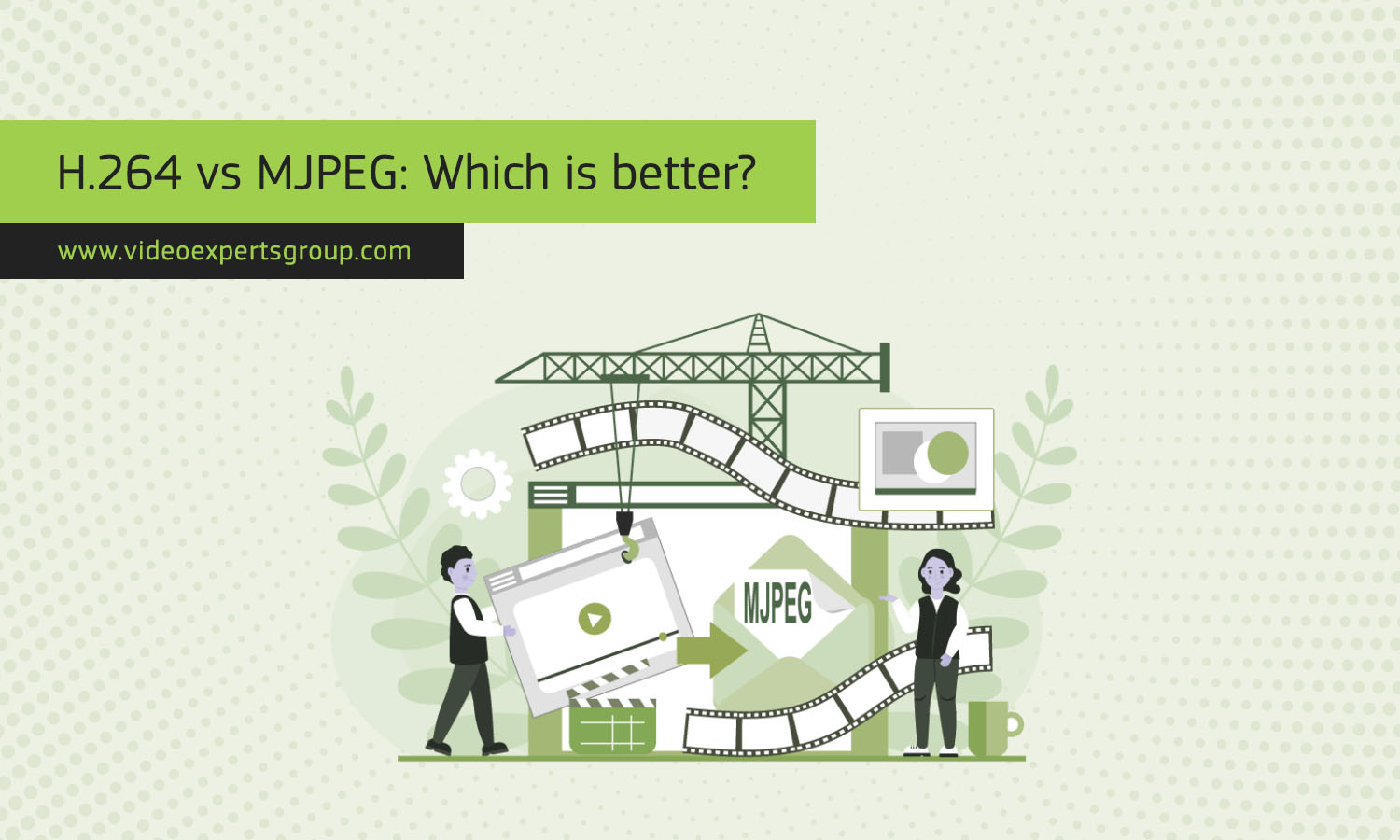When it comes to video compression, two popular formats often come up: H.264 and MJPEG. Both have their own strengths and weaknesses, making them suitable for different applications. This article will explain what each format is, their differences, and help you understand which might be better for your needs.
What is H.264?
H.264, also known as Advanced Video Coding (AVC), is a video compression standard that efficiently reduces the file size of digital video while maintaining high quality. Developed by the International Telecommunication Union (ITU) and the International Organization for Standardization/International Electrotechnical Commission (ISO/IEC), H.264 is widely used in various applications, including streaming, video conferencing, and Blu-ray discs. It works by compressing video data in a way that eliminates redundant information, resulting in smaller file sizes and lower bandwidth usage.
What is MJPEG?
MJPEG, or Motion JPEG, is a video compression format that compresses each frame of a video as a separate JPEG image. Unlike H.264, which uses complex algorithms to compress video data across multiple frames, MJPEG treats each frame independently. This simplicity makes MJPEG easy to implement and decode, but it often results in larger file sizes compared to more advanced compression techniques. MJPEG is commonly used in digital cameras, webcams, and some video editing applications.
What is the Difference Between H.264 and MJPEG?
Compression Efficiency:
- H.264: Uses advanced techniques to compress video data across multiple frames, resulting in smaller file sizes and better compression efficiency.
- MJPEG: Compresses each frame as an individual JPEG image, leading to larger file sizes.
Quality:
- H.264: Maintains high video quality even at lower bitrates, thanks to its sophisticated compression methods.
- MJPEG: Can produce high-quality images since each frame is a full JPEG, but the overall video file is much larger.
Complexity:
- H.264: More complex to encode and decode, requiring more processing power.
- MJPEG: Simpler to encode and decode, which can be beneficial for devices with limited processing capabilities.
Latency:
- H.264: May introduce slight delays due to its complex compression algorithms, which can be an issue in real-time applications.
- MJPEG: Lower latency because each frame is processed independently.
Use Cases:
- H.264: Ideal for streaming, video conferencing, and storage where bandwidth and storage efficiency are critical.
- MJPEG: Suitable for applications where simplicity and lower latency are more important than file size, such as in digital cameras and webcams.
Which is Better: H.264 or MJPEG?
The choice between H.264 and MJPEG depends on your specific needs:
- H.264 is better if you need efficient compression and high quality at lower bitrates. It's the go-to choice for streaming services, video conferencing, and other applications where bandwidth and storage space are limited.
- MJPEG is better if you require simplicity, ease of decoding, and low latency. It is suitable for use in digital cameras, webcams, and other devices where processing power is limited and file size is less of a concern.
If you need high efficiency and can handle the complexity, H.264 is the superior choice. If you need simplicity and can afford larger file sizes, MJPEG might be the better option. Understanding these differences can help you choose the right format for your video needs.
















